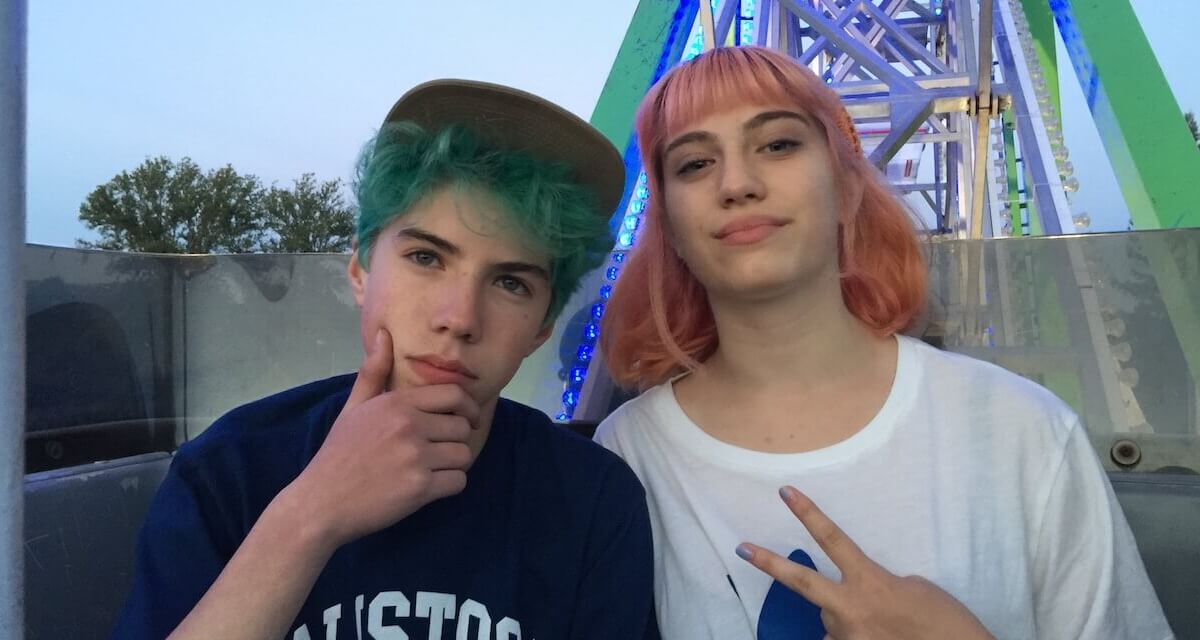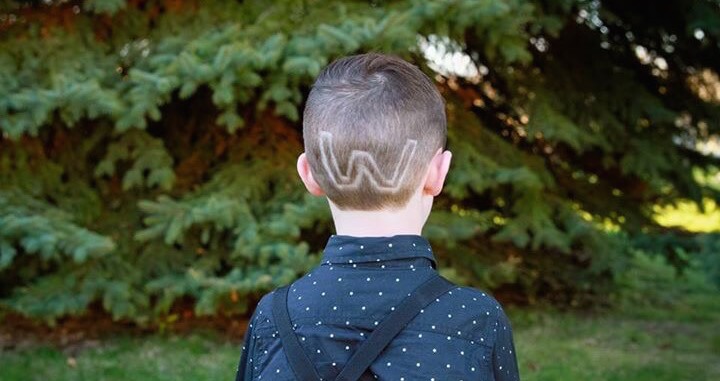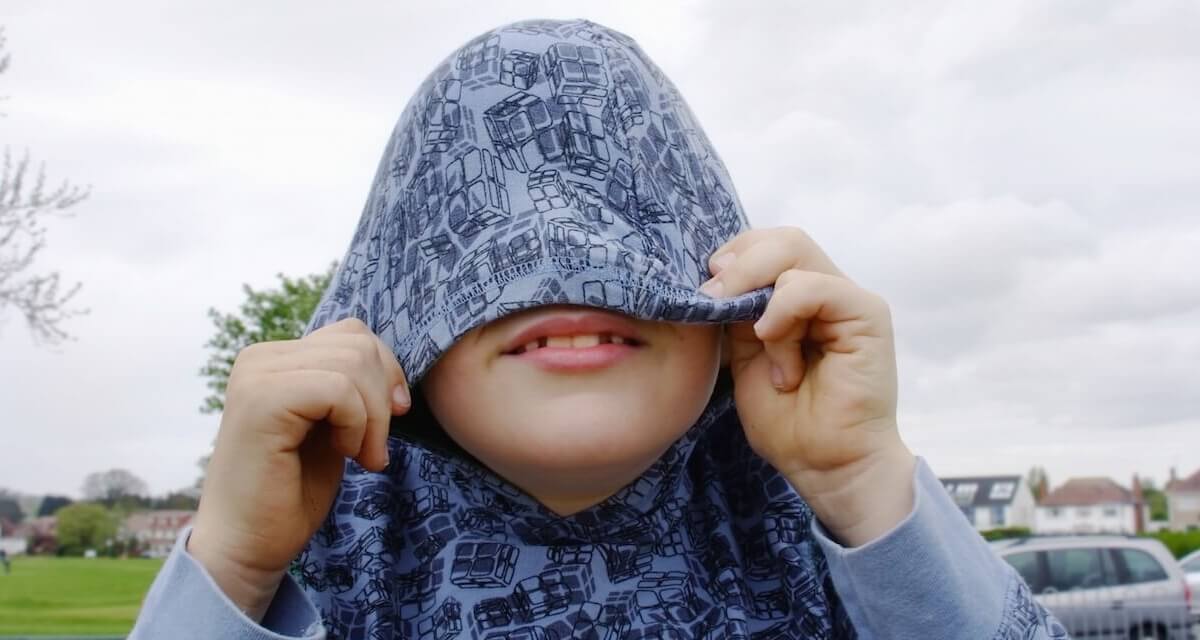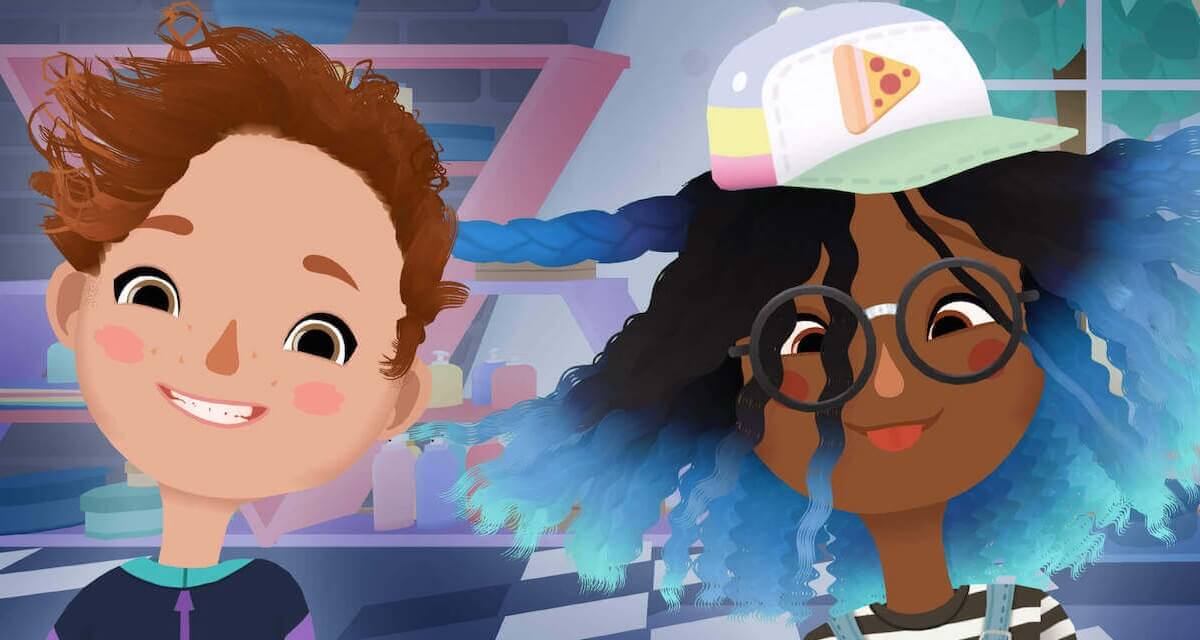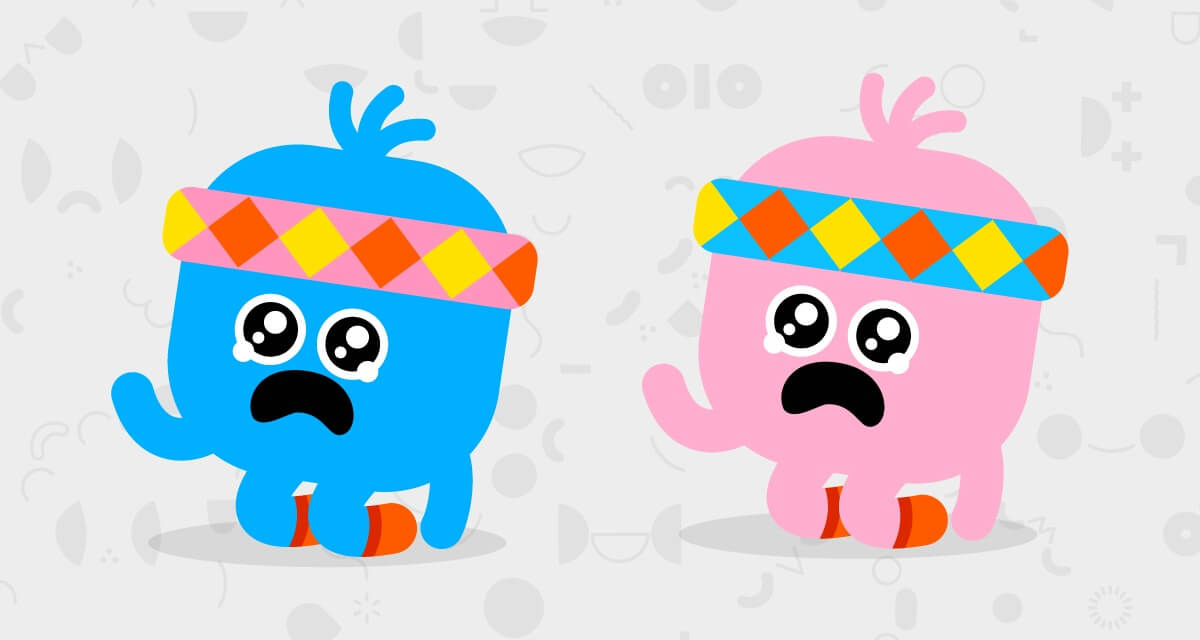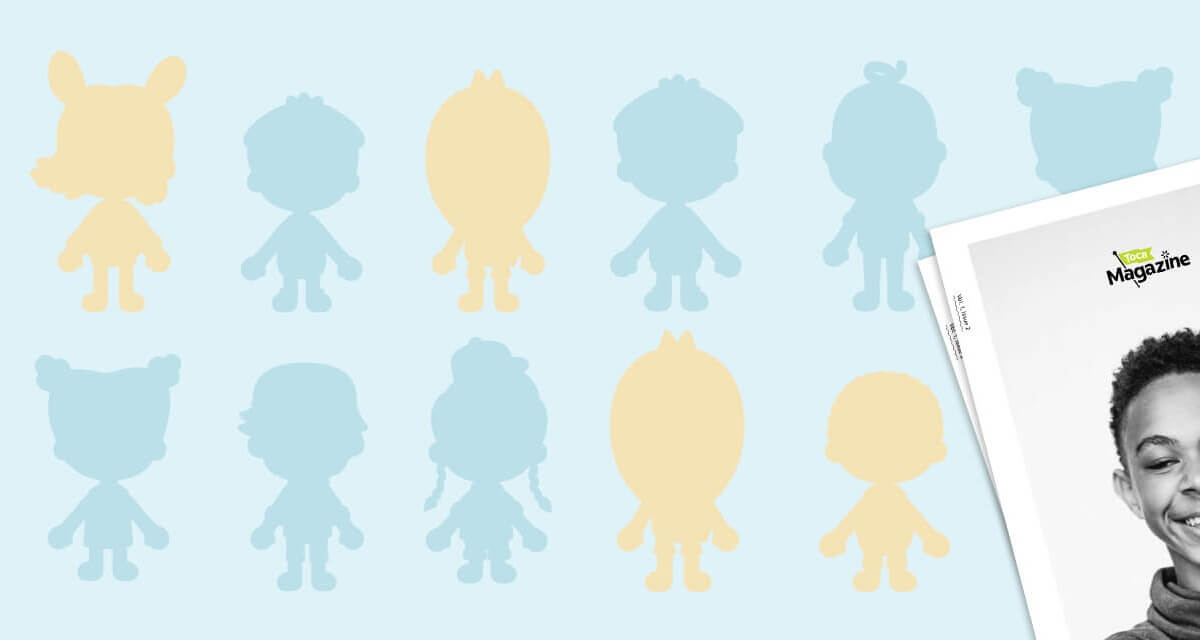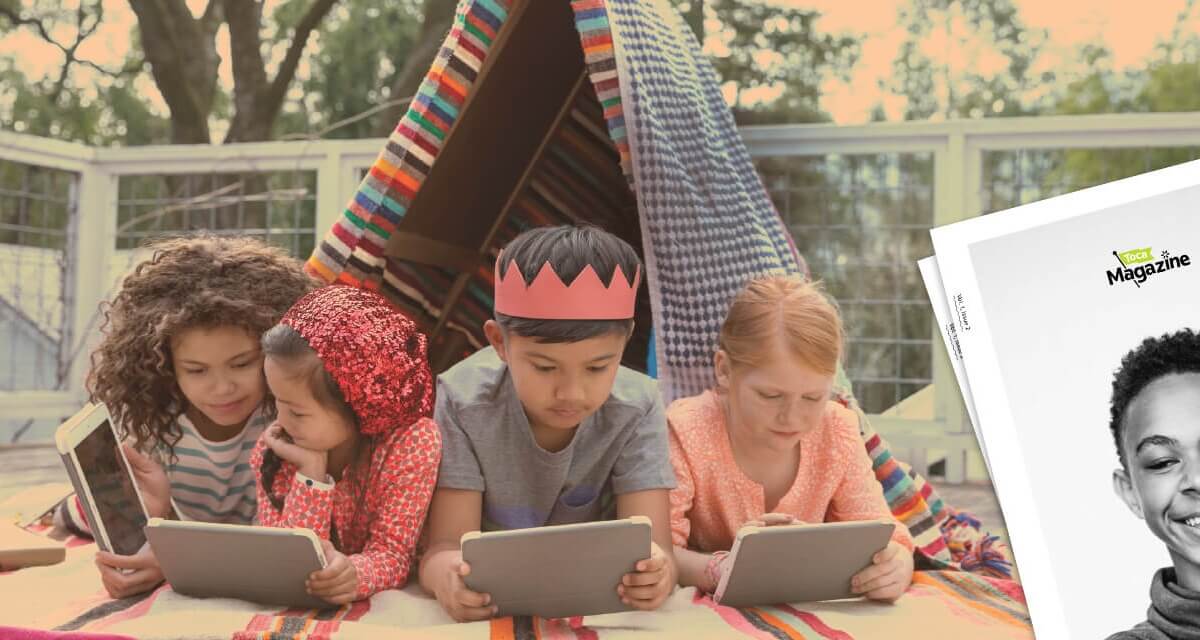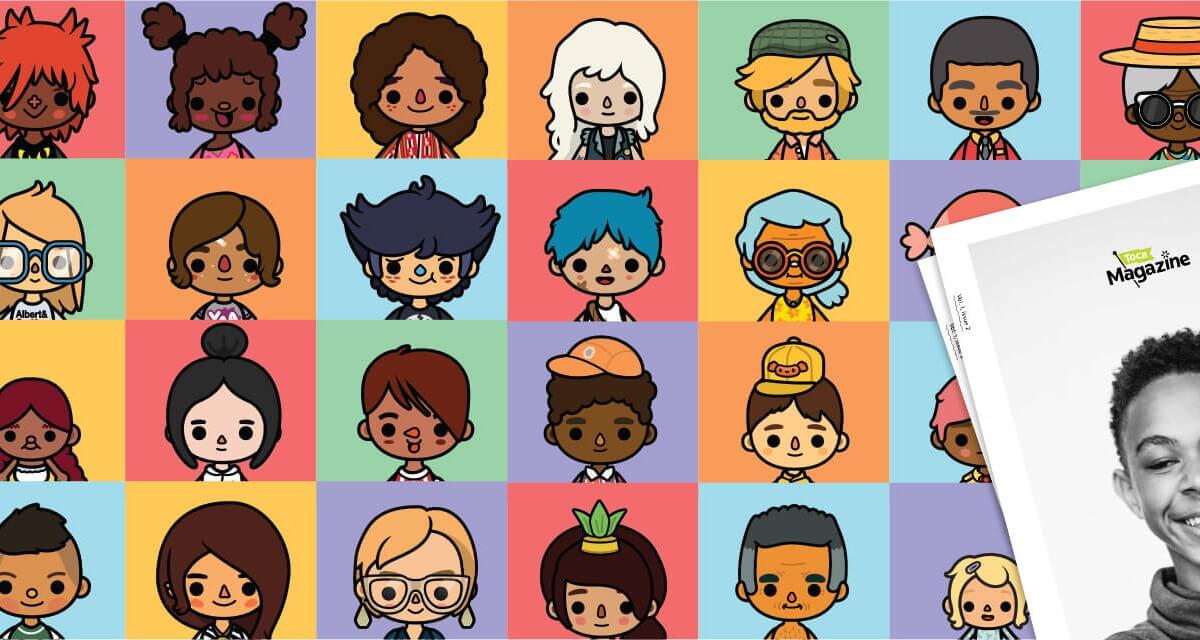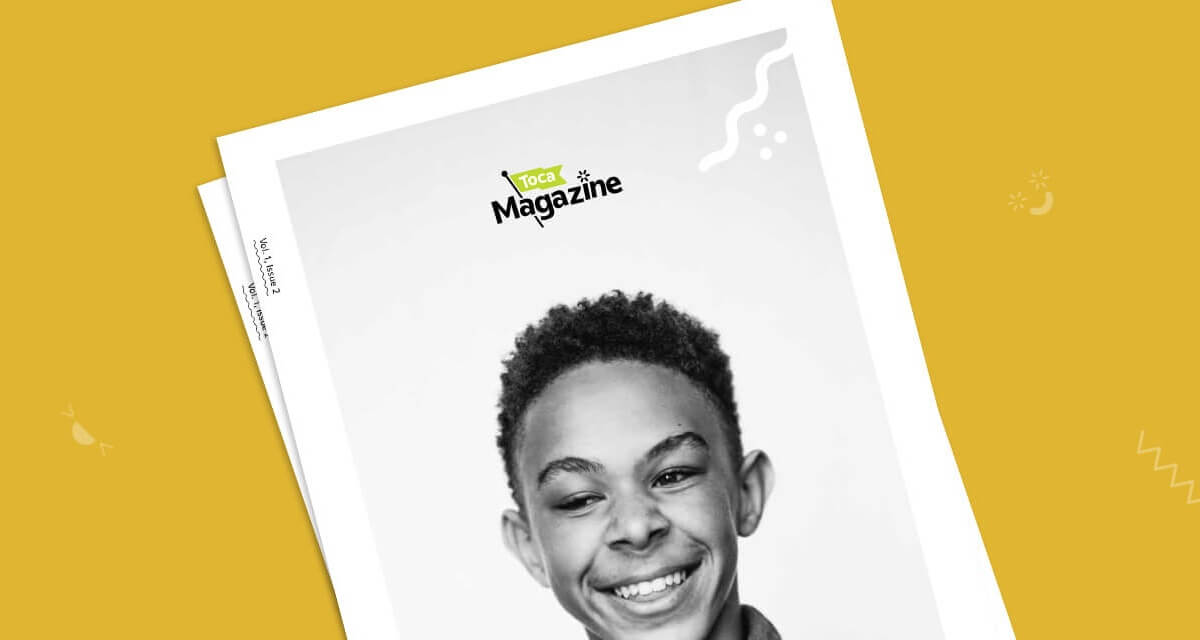I was once that 7-year-old being teased about my hair. My journey to being comfortable with my natural hair started with me being uncomfortable with it.
- By
- Parker Barry
“When I was your age…”
 I remember my mother saying this to me repeatedly growing up, but never thought I’d be saying it myself one day. However, that’s exactly how I started a recent conversation about hair with one of the girls in my arts and culture program.
I remember my mother saying this to me repeatedly growing up, but never thought I’d be saying it myself one day. However, that’s exactly how I started a recent conversation about hair with one of the girls in my arts and culture program.
When I entered the room, a sweet, sincere 7-year-old sat in the corner unable to fight back the tears of embarrassment slowly sliding down her cheek. When I asked her why she sat away from the group of the other girls, she said because they hurt her feelings: They’d asked her why she had not gotten her hair done, and called her hair “nappy.”
Now, as a cultural competency facilitator it was easy to remedy the conversation for the girls in the group by talking about name calling, love language and embracing our differences. But for the girl in the corner, the conversation was a bit more difficult and complex for me. The conversation needed to start with, “What is nappy? And why is nappy a bad thing, if it’s your hair and how you are made?” As I leaned down to sit criss-cross applesauce next to her, I said, “When I was your age, people used to call my hair nappy all the time, and it used to hurt my feelings.”
This little girl, with bright brown eyes and warm brown skin, looked at me in disbelief and asked, “Really?” I knew her question was because as a grown woman, my neatly coiffed, long locs draped far past my rear end and very rarely get dismissed as “nappy” or “undone.” She looked at me a second time and asked, “How?” And that’s when I told her the story of me and my best friend growing up, Amy.
Swimming with Amy, feeling like an outsider
 Amy and I were two peas in a pod. We were different — from our ethnicity to our neighborhoods to our families — but we still had so much in common. We both loved gymnastics, reading and swimming and were practically inseparable. We also loved swimming.
Amy and I were two peas in a pod. We were different — from our ethnicity to our neighborhoods to our families — but we still had so much in common. We both loved gymnastics, reading and swimming and were practically inseparable. We also loved swimming.
Amy would jump in carefree to swim laps in the pool and play pool games. Amy was white, of Irish descent, and she had long, strawberry blond hair. I, on the other hand, usually had to prepare to swim by wearing a swimcap that almost never could fit all my thick, strong, kinky hair. I remember one time, I wanted to be carefree like Amy and her friends and so I opted out of wearing a swimcap. What a mistake! When we got to the locker room all of Amy’s friends laughed at how my hair turned out and how “nappy” my hair was. I was different, and it was as clear as the hair that stood on top my head. I was embarrassed that they called my hair nappy, and I wanted to cry, but didn’t want to be defeated.
When I shared this story with my girl, she asked me, “How did you get back at them?”
I told her about how the next time I went swimming with Amy, I had my hair all cornrowed with fresh new braids. Her eyes lit up with excitement — she could relate to the joy of getting your hair freshly braided and adorned with beads, barrettes or bows. “Did you get back at them?” she asked. I told her that I thought the fresh braids would impress the could-be-friends, but I couldn’t have been more wrong. Instead, the questions came a mile a minute when I revealed my new hairstyle. “How’d you get your hair to stay at the ends?” “Is that your hair?” “Why are you calling them cornrows?”
Once again I was embarrassed. The bombarding questions put too much attention on my differences. I wanted to just blend in and be like everyone else. I asked Amy if we could swim somewhere else sometimes instead of swimming with her friends all the time, and she agreed. I was excited to not be the different one all the time.
I wanted to just blend in and be like everyone else.
No longer an outsider, but still no relief
I soon began taking swimming lessons at my local YMCA as my love for swimming grew. Now I was in a swim class full of girls who mirrored my hair, complexion and experiences. I was ecstatic to no longer be the outsider. But that was a short-lived relief.
I remember the one day I went swimming without my protective cornrowed braids and without a cap in attempt to be like the cooler girls in my swim class. I felt so free in the water getting my hair wet and not worrying — it was a new world for me. As we all shuffled to the locker room, I can remember the excitement of being old enough to do my own hair.
My older sister was there to help me out with the shampooing and conditioning and hair maintenance. But soon into my routine, my arms tired from trying to wash and condition my own hair. I did a horrible job, but was happy to have the freedom to try out my hair myself. Then it was time for blow drying my hair, and I really struggled. My hands grew tired fast, the heat was too hot, and then I didn’t have the blow-drying technique to blowdry my hair well enough to manage the thick hair on my head.
I walked out the locker room looking like a troll doll. The other girls laughed at my hair and my inability to do it myself. They were confused as to why I couldn’t manage my own hair. And I didn’t have an answer.
I walked out the locker room looking like a troll doll.
Natural, then straight, then natural, then … super natural
I didn’t know why the other girls could manage their hair better than I could, then I learned it was because they had relaxers that made their hair easier to manage when it was wet. Eventually, I convinced my mother that it would be easier on both of us if I could get a relaxer to make my hair more manageable.
After years of putting a turtleneck on my head to pretend I had long straight hair, and pretending my hair was like Amy and her friends, or the women I saw on TV, I would finally get a chance to have “beautiful” hair once I got this relaxer. It is very hard for people who know me now to believe I once upon a time had chemically straightened hair, wore fancy trendy styles, and even wore weave occasionally. But I tell them, like I told the little girl whose tears had finally dried, the journey to being comfortable with my natural hair started with me being uncomfortable with my natural hair.
I wore a relaxer throughout high school and for the most part avoided getting laughed at about my hair. But it was the other styles I picked up that would catch my peers’ critique and attention. By the time I was a senior in high school, I grew more and more interested in afrocentric culture. I began wearing African jewelry, wearing dashikis, and as I learned more about the history of my culture I wanted to reflect what I was learning.
I decided months later after graduation once I got to Howard University, that I would continue expressing that cultural pride and grow out my relaxer.
I remember the day I decided to go natural. I was walking on campus on a beautiful fall day and it began to rain. And sure enough, as the rain fell down, all the girls around me began running for shelter, hiding under plastic bags and fearing for the worst: their hair getting wet. I stood amidst the exodus and decided I didn’t want to have to run whenever it rained. That I actually love rain and wanted to see what dancing in the rain felt like. I wanted to experience the carefreeness of not worrying about my hair.
I didn’t want to have to run whenever it rained.
That day I let the rain turn my straight hair kinky and vowed to not get another relaxer. This was a huge decision, because it would potentially jeopardize my role on a national television show. I was pursuing my life dream and filming my first television show and knew I had to fit a certain look. I was told my straight hair was more commercial and my natural hair wouldn’t work on air. After much thought, I decided to not get a relaxer and eventually would lose my role on the show. But what I gained was so much better and more important. I gained confidence in my natural hair.

I spent the next four years in college known as the girl with the afro. When I graduated and decided to pursue a career in acting professionally, everyone encouraged me to straighten my hair, but instead I did something a bit controversial at the time: I decided to go natural permanently, and loc my hair. People generally refer to my hair style as “dreadlocks” but the term refers to the style being dreadful and locked. My love for my natural hair is why I only refer to the style as loc’d because I see nothing dreadful about my hair.
Learning to speak love
 Today, my hair is stronger and longer than I could have ever imagined. But more than that, it’s my hair unaltered and natural, and that’s what I love most about it. I told the little girl, “There is no need to get back at the girls who hurt your feelings. We have taught them how to use love language and be kind, but now we have to teach you the same.” She looked at me, confused.
Today, my hair is stronger and longer than I could have ever imagined. But more than that, it’s my hair unaltered and natural, and that’s what I love most about it. I told the little girl, “There is no need to get back at the girls who hurt your feelings. We have taught them how to use love language and be kind, but now we have to teach you the same.” She looked at me, confused.
“You said your hair was ugly and wasn’t done,” I said. “Did you speak love to your hair about yourself?” She shook her head no. I then explained the way we teach others how to be kind to us is by showing them how we are kind to ourselves. “You must speak love about your beautiful hair,” I told her.
She struggled to refer to her hair as beautiful. As we talked more, she began to understand and she repeated, “It doesn’t matter the style my hair is in, my hair is beautiful because it’s mine, it’s unique just like me?” I hugged her and told her, “Exactly.” By this time, the little girl in the corner has met the little girl in me and they both sit in assurance from my story that we all have a hairstory, but the most important part is that we must own our hairstory.
